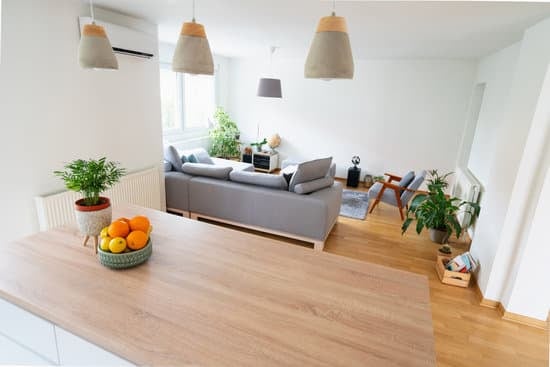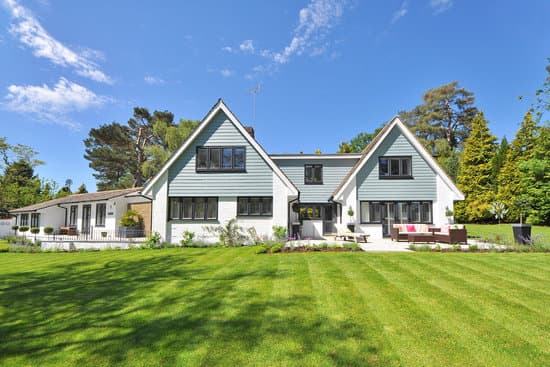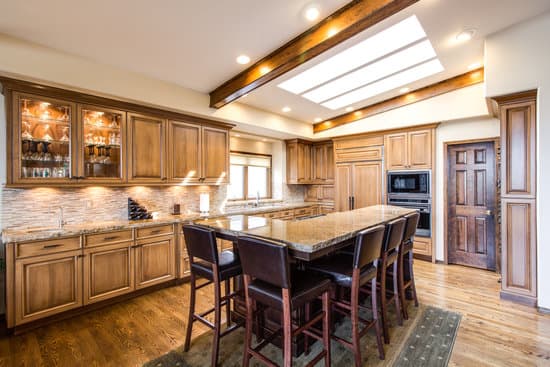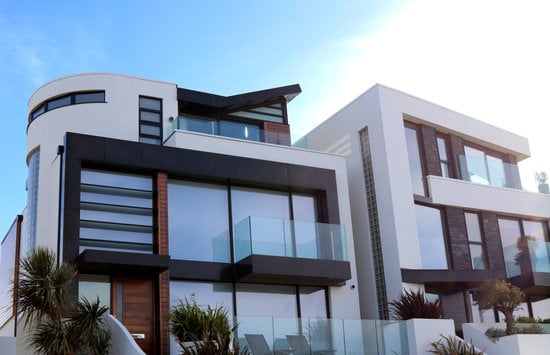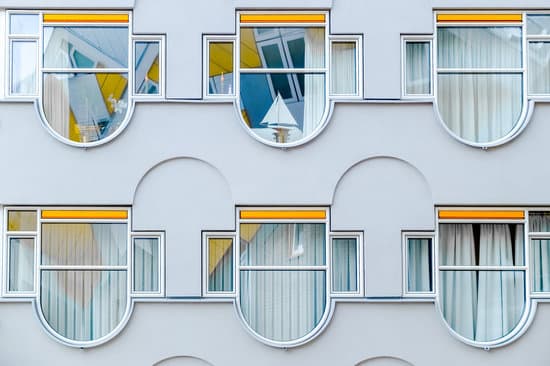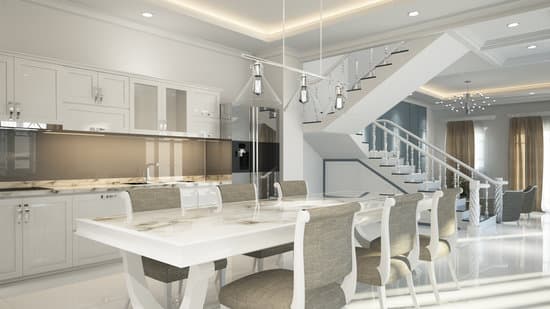Interior designers use geometry in a variety of creative ways to enhance the overall ambiance of a space. Here are just a few examples:
Creating focal points: Geometric patterns and shapes can draw the eye to a particular area of a room, emphasizing an interesting feature or creating a dynamic visual effect.
Defining spaces: By using different geometric shapes and lines, designers can create designated areas within a larger space, such as a cozy seating area or a reading nook.
Adding texture and depth: Incorporating geometric patterns in textiles or wallpaper can add a sense of depth and interest to a room, making it feel more alive and inviting.
Providing a cohesive theme: By using geometric shapes and patterns throughout a space, designers can create a cohesive and unified theme that ties the room together.
Playing with symmetry and asymmetry: Whether it’s using perfectly symmetrical designs or playing with more asymmetrical, irregular shapes, designers can use geometry to create a sense of balance or tension within a room.
In short, geometry is a versatile tool for interior designers, allowing them to play with shapes, patterns, and lines to create a truly unique and engaging space.
Interior design is all about creating a space that not only looks great but also feels great. One way to achieve this is by using geometry and its principles to create lines, shapes, and patterns. Geometric patterns can create visual interest and an enchanting character to a room. In this article, we’ll explore how interior designers use geometry to make a statement in a space.





